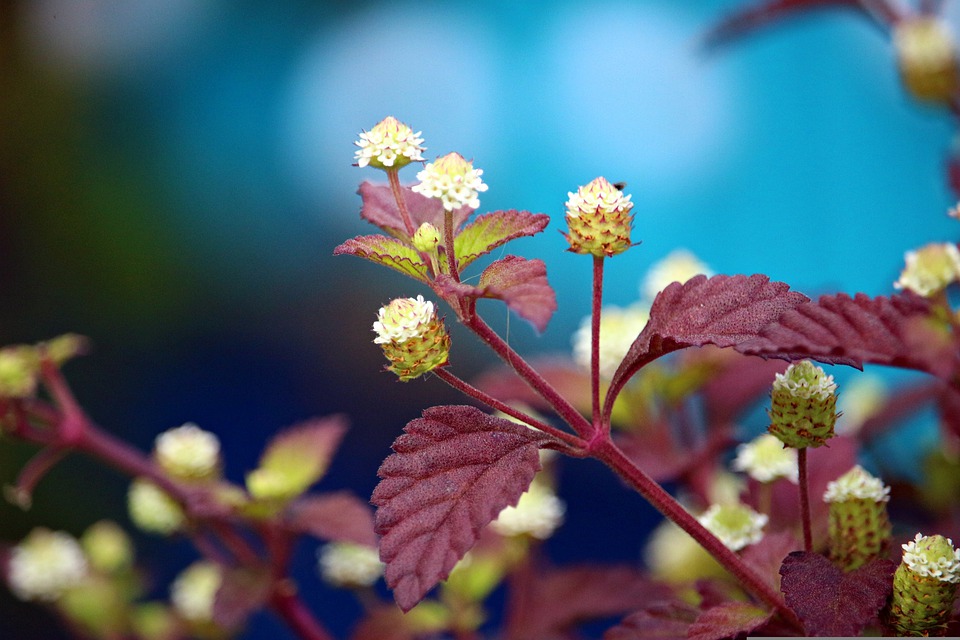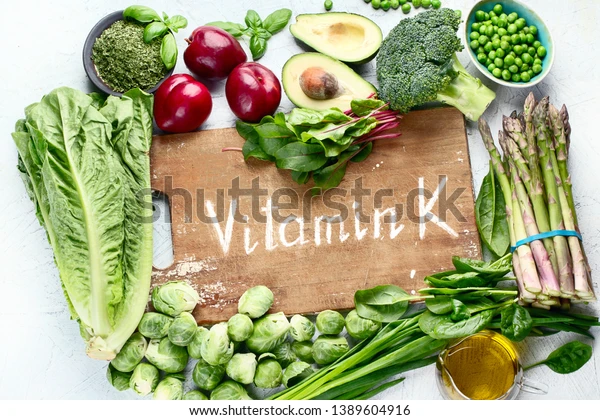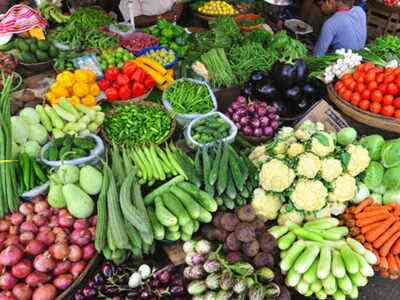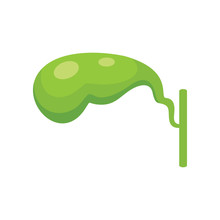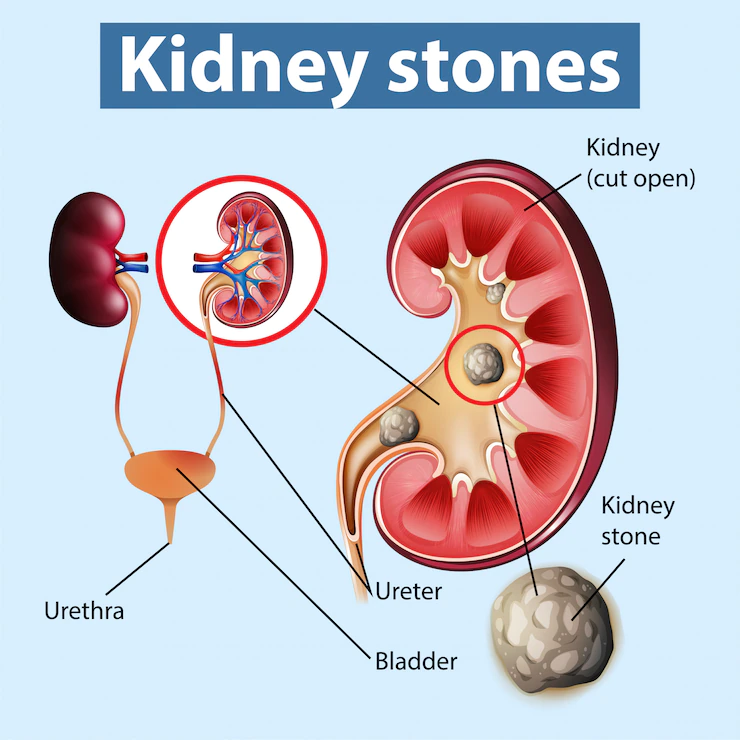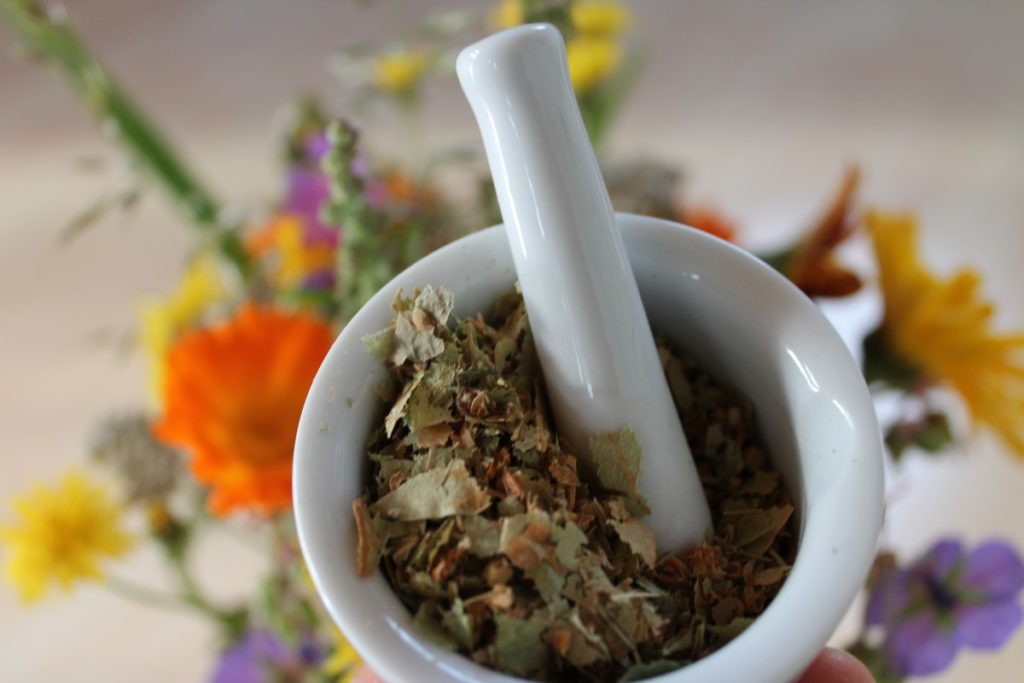What is Giloy?
Giloy is scientifically known as Tinospora Cordifolia or Guduchi in Hindi. The stem of Giloy is considered highly effective because of its high nutritional content and the alkaloids found in it but the root and leaves also can be used.
According to a shloka of Charak Samhita, Giloy is one of the main herbs with a bitter taste. It is used in various disorders and also helps alleviate Vata and Kapha dosha.
Some uses of Giloy:
Giloy for chronic fever
Giloy acts wonderfully in chronic, recurrent fevers. It is an anti-inflammatory, antipyretic herb which helps to boost your immunity to fight against the infection and also helps in early recovery. Giloy has an antipyretic property to reduce fever.
Giloy for dengue fever
Giloy is an antipyretic herb. It improves platelet count in dengue fever and reduces the chances of complications. Regular intake of Giloy helps to improve immunity during dengue and also for a speedy recovery.
Giloy for hay fever
Giloy is very useful in hay fever also known as allergic rhinitis. It reduces the symptoms like runny nose, sneezing, nasal obstruction, watering of eyes…
Giloy for Corona-virus infection
Giloy can boost immunity hence it may be useful for various fevers specifically for viral fevers like corona infection. Though there is no evidence that Giloy can cure corona infection but it can raise your immunity to fight against it.
Controls blood sugar level
In Ayurveda, Giloy is known as a ‘Madhunashini’ which means ‘destroyer of sugar’. It helps to enhance the production of insulin which ultimately controls the blood sugar levels. Giloy is also useful for diabetes complications like ulcers, kidney problems.
Boosts immunity:
This herb activated the immune system of our body and increase vitality in a person. Include Giloy juice in your diet twice a day can improve your immunity. It is full of antioxidants and helps to release toxins from the body. Giloy is also used for liver diseases, urinary tract infections, and heart-related issues.
Improve digestion
Giloy improves digestion and reduces digestion-related problems like diarrhea, colitis, vomiting, hyperacidity, etc.
Reduces stress and anxiety
Giloy is an excellent remedy to reduce mental stress and anxiety. It calms down your body. Giloy also has the power to enhance memory and cognitive functions.
Treats arthritis and gout
Giloy contains anti-inflammatory and anti-arthritic properties which help to reduce arthritis and gout.
Improved respiratory health
Giloy has anti-inflammatory properties. Breathing problems caused by asthma can be traced to inflammation of the trachea. Giloy can help ease the inflammation to help you breathe more freely.
Side Effects of Giloy
Giloy herb doesn’t have any side effects. However, when taken Giloy with other diabetic medications it may lead to low blood sugar levels.
Giloy may cause the immune system to become more active which may worsen the symptoms of autoimmune diseases such as rheumatoid arthritis. Its effect is unknown to lactating mothers. So, it’s good to remain on the safer side and avoid Giloy during lactation.
Conclusion:
In conclusion, Giloy is an underrated ayurvedic herb and has endless benefits. Incorporating Giloy and other beneficial ayurvedic herbs can help in not only healing but preventing various disorders.




